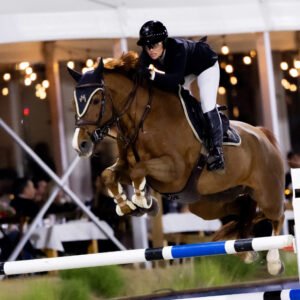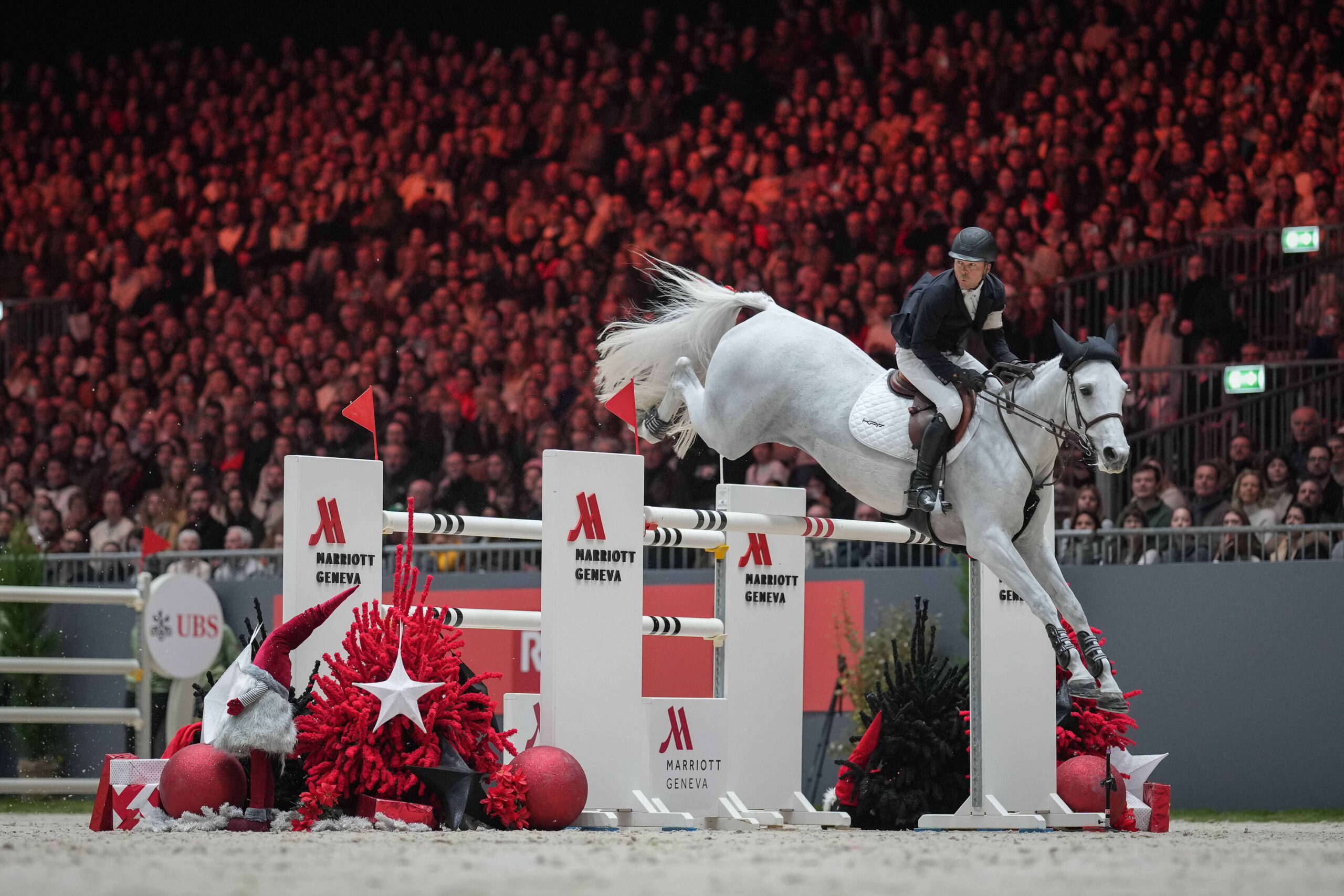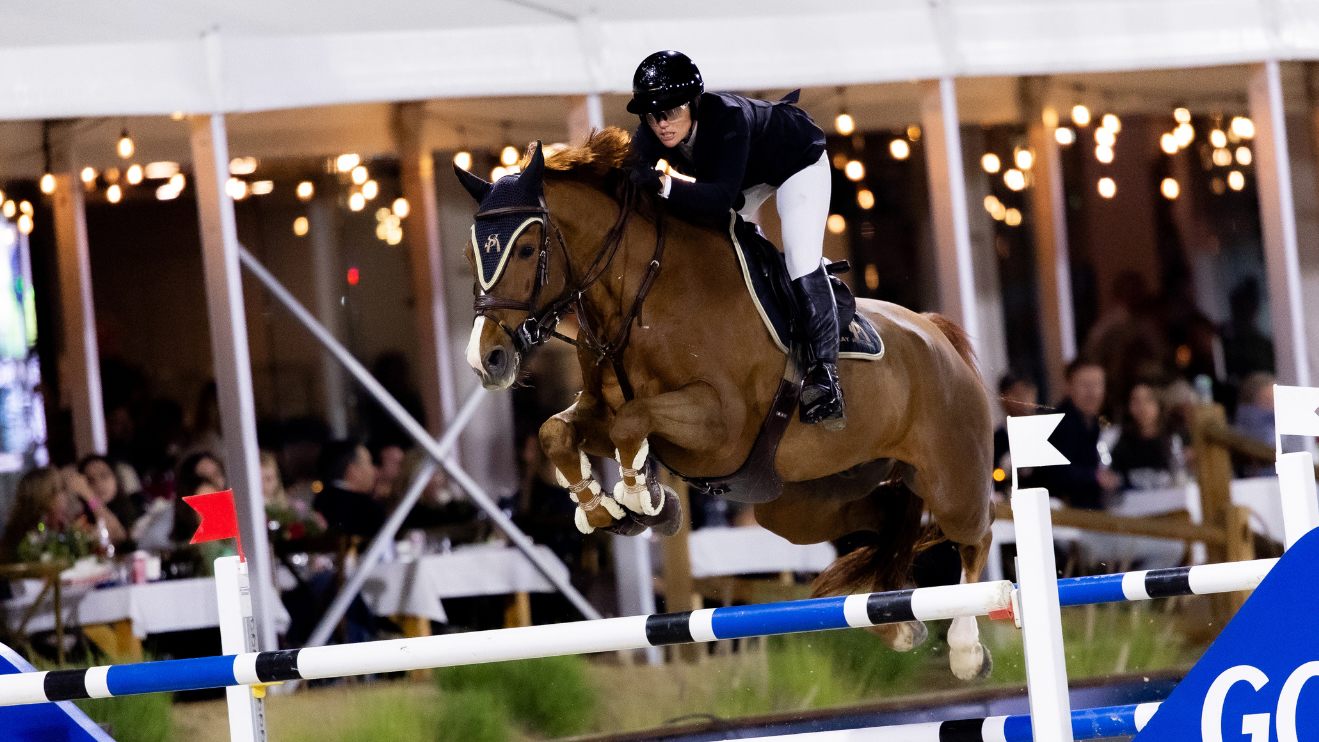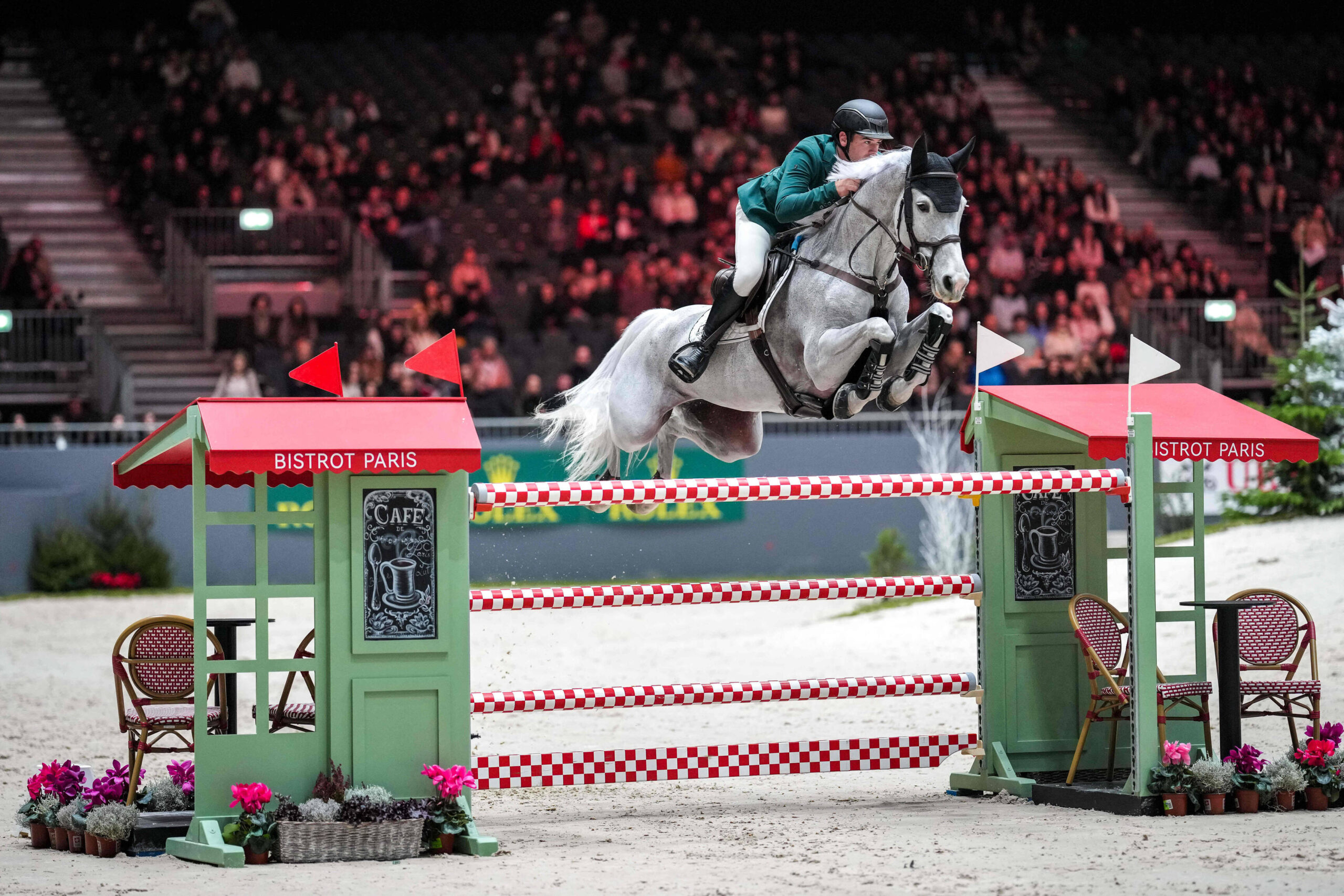#MasterclassMonday is a collaboration between Horse Network and NOELLEFLOYD.com to empower equestrians. Every Monday we’ll bring you a new lesson from a leading trainer to help you troubleshoot your training, master your mindset and up your game. This month’s instructor: Dr. Jenny Susser.
Fear and anxiety are often experienced together with little to no understanding of actually why we are experiencing them in the first place. So, let’s break it down.
Fear is a response to an actual threat.
Anxiety is a response to a perceived threat.
The reason why fear and anxiety become tricky when dealing with horses is that you have to pay attention and manage yourself at the same time. Anything can happen with horses. You’re having a great ride and all of the sudden someone on a bicycle rides by and everything goes to shambles. So, how do we manage both ourselves and our animals’ fear response simultaneously?
The first thing to consider is if your fear is actually trying to tell you something. Having a horse that is an appropriate match for us is key so never be afraid to consult with a trainer if you’re having trouble understanding your horse or have questions around this topic. Remember: always safety first.
The second thing to consider is balance. In order to manage both our own and our horses’ fear response, we must master our sympathetic nervous system and our parasympathetic nervous system (which is responsible for rest and recharge) to strengthen the Vagus nerve. This will help balance you out so that your sympathetic nervous system (which is triggered when you’re stressed) isn’t in overdrive all the time.
Want more? Check out Dr. Jenny’s masterclass on how to control fear and anxiety.
So, what’s the secret to strengthening your Vagus nerve—meditation, mindfulness and breathing! Here are some tips to help you get started on meditation and help you become more aware:
- Set aside the same time of day to meditate each day.
- Sit or lay down—you want to be straight and relaxed. Think about being open in your stance. Don’t have your legs or arms crossed.
- Use guided meditation.
- My favorite meditation app is Insight Timer.
- Know that your mind will wander off. Even experienced meditators will become distracted—it’s how our brains work! It takes practice.
- Start with a reasonable amount of time. Don’t sit down and expect to meditate for 30 minutes. Start with three minutes, or five minutes. You can always build.
Remember this mantra: Some is better than none. If you can only meditate for twi minutes, that’s better than none.
This is an excerpt from Dr. Jenny’s Equestrian Masterclass, Gaining Control of Fear and Anxiety. To access the course, as well as a full library of courses from the likes of Ian Millar, Anne Kursinski and more, go to equestrianmasterclass.com


 July 4, 2022
July 4, 2022 



























